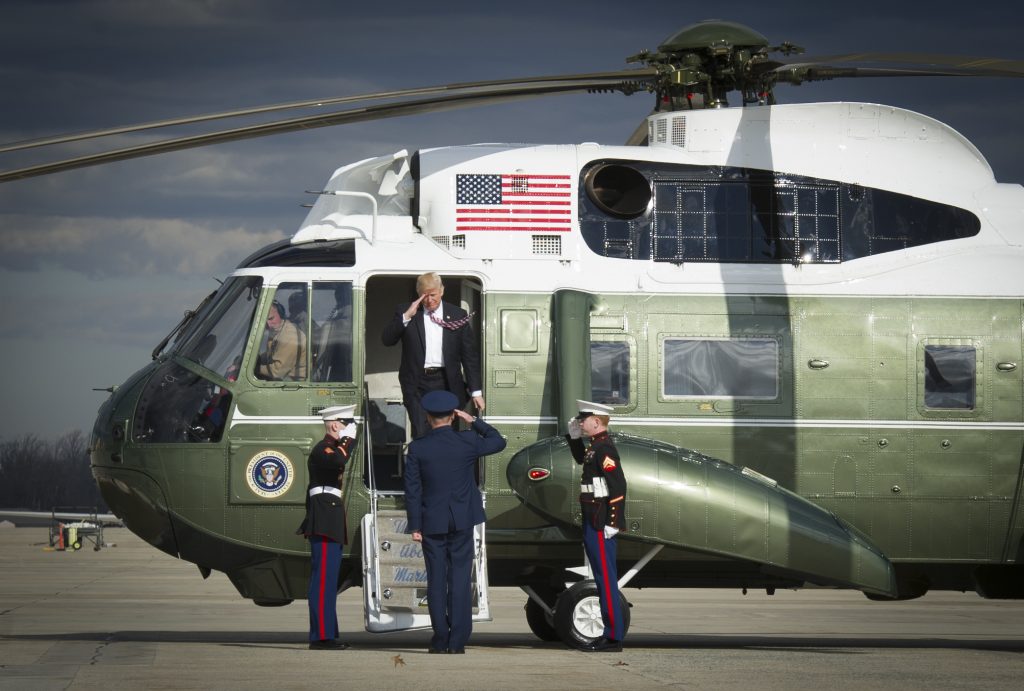WASHINGTON: President Donald Trump took a victory lap Monday at Fort Drum as he signed the 2019 defense authorization bill. While running through a laundry list of “brand new, beautiful” tanks, planes, ships and helicopters that the $717 billion bill allows the government to buy, the president boasted, “after years of devastating cuts we are now rebuilding out military like never, ever before. Ever.”
Two problems with that: The defense appropriation bill that actually pays for the weapons hasn’t passed yet– and the good times might not last.
The product of a two-year budget deal approved by Congress that scrapped mandatory budget caps in 2018 and 2019, this year’s defense bills could be the last bit of growth the Pentagon might see for several years.
The sequestration caps return in 2020, lopping a staggering $71 billion from the bottom line, a reduction that, unless Congress makes another deal, calls into question VP Mike Pence’s claim Monday that “under Donald Trump arbitrary cuts to our national defense are over.” (And we’ll have to see the makeup of Congress after the midterms, too. The White House only asks for money. Only Congress can approve it)
Senate Majority Leader Mitch McConnell has announced an agreement with Senate Democrats to bring defense appropriations legislation to the Senate floor later this month, as part of an effort to wrap up fiscal 2019 military spending issues before November’s med-term election.
In a paper released in May, budget analyst Mackenzie Eaglen of the American Enterprise Institute called the extra funding in the 2019 bill “evolutionary, not revolutionary,” as 87 percent of the extra money goes to military personnel and operations and maintenance — propping up gear developed during the Cold War — “with most of the remainder going toward research and development.”
One huge item not in the 2019 budget is the president’s proposed Space Force, which a report released last week by Deputy Defense Secretary Patrick Shanahan said will be included in the 2020 budget — just when the Pentagon’s budget flattens.
“Our foreign adversaries have already begun weaponizing space,” Trump warned the soldiers from the 10th Mountain Division, while promising that “we’ll be catching them very shortly…it is not enough to merely have an American presence in space, we will have American dominance in space.”
Establishing a sixth branch of the military will likely be a tough sell on Capitol Hill, however.
Appearing on FOX News on Sunday, Sen. Jack Reed, the top Democrat on the Senate Armed Services Committee expressed some of that deep skepticism, saying that “we have to reorganize our space forces because our threats are now in multiple dimensions. But I think creating a separate service with all of the infrastructure and the bureaucracy is not the way to go.’
The SASC’s No. 2 Republican, Sen. Jim Inhofe, and House Armed Services tactical air and land subcommittee chair Mike Turner have also expressed skepticism about creating a space service. And even Pence finally acknowledged last week that only Congress can make the service real.
Senate passes $95 foreign aid bill, as DoD eyes next Ukraine weapons package
Additional aid for Ukraine could be made available “within days” said Pentagon Press Secretary Maj. Gen. Pat Ryder earlier today.



























